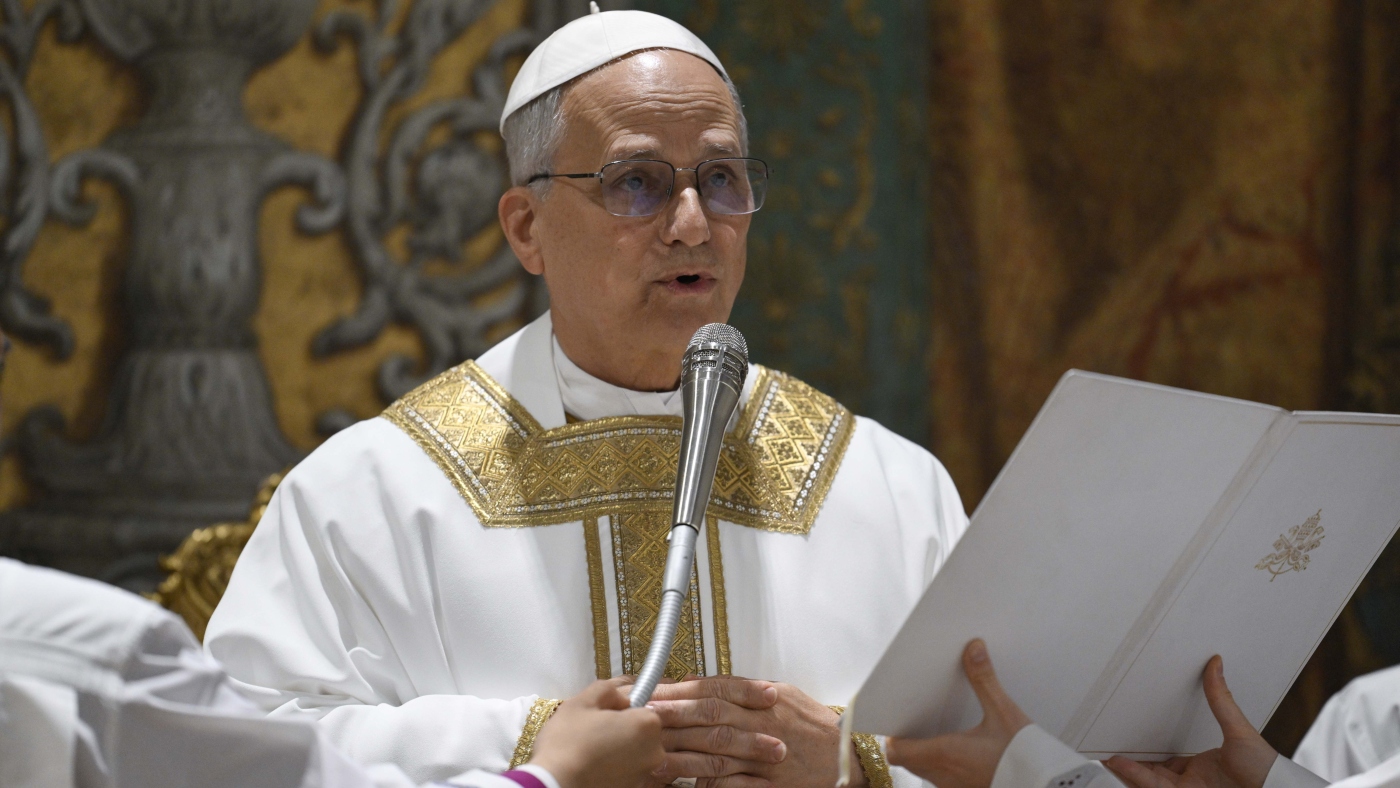The election of Pope Leo XIV represents a pivotal moment in the history of the Catholic Church, signaling both continuity and change. As the first pontiff from North America, his papacy carries symbolic weight, reflecting the Church’s evolving global identity. This analysis examines the key themes of his early leadership, the historical context of his election, and the potential trajectory of his papacy.
Breaking New Ground: A Pontiff from the New World
The selection of Cardinal Robert Francis Prevost as Pope Leo XIV shattered a centuries-old tradition of European pontiffs. His election on May 8, 2025, represents more than just geographical significance—it embodies the demographic shifts within global Catholicism. With nearly 40% of the world’s Catholics now living in Latin America and another 7% in North America, this election acknowledges the changing center of gravity in the Church.
The new pope’s background as a missionary and his experience in multicultural environments positions him uniquely to address contemporary challenges. His bilingual capabilities (English and Italian) and familiarity with Spanish from his missionary work create immediate bridges to diverse Catholic communities worldwide.
Decoding the Papal Name: Echoes of History
The choice of “Leo” as his regnal name connects to several important precedents:
By selecting this name, Pope Leo XIV signals his intention to address both doctrinal clarity and social engagement—a balance that has defined the most successful papacies throughout history.
The Inaugural Homily: A Blueprint for Leadership
The May 9, 2025 homily in the Sistine Chapel established several key priorities:
1. Christianity in a Secular Age
The pope’s acknowledgment of hostility toward Christian beliefs reflects the reality of declining religious affiliation in Western societies. His call for “joyful witness” suggests an evangelization approach emphasizing attraction rather than confrontation.
2. The Peace Paradigm
His description of Christ’s peace as “unarmed” and “disarming” carries particular resonance in an era of global conflicts. This language builds upon Pope Francis’s emphasis on nonviolence while adding a distinctive North American perspective shaped by recent history.
3. Ecclesial Continuity
The deliberate homage to Pope Francis demonstrates strategic wisdom—maintaining institutional stability while preparing to implement his own vision. This balancing act will prove crucial in the coming years.
Global Reactions: Hope and Scrutiny
The international response reveals several important dynamics:
– Latin America: Celebrated as a victory for the hemisphere, though some progressives express caution
– Africa: Cautious optimism given the continent’s rapid Catholic growth
– Europe: Mixed reactions, with traditionalists questioning the break from tradition
– Asia: Particular interest in how this papacy will address the Church’s position in China
Political leaders across the spectrum have noted the potential for this papacy to influence global affairs, particularly regarding migration, climate change, and interfaith dialogue.
Challenges on the Horizon
Several critical issues await Pope Leo XIV’s attention:
His background in canon law and missionary work provides relevant experience, but the scale of these challenges remains daunting.
The Road Ahead: Signs to Watch
Several indicators will reveal the papacy’s direction in coming months:
– The composition of his first cardinal appointments
– Choice of travel destinations for early apostolic journeys
– Tone and content of his first encyclical
– Handling of controversial doctrinal questions
– Engagement with youth and new media
The Church’s ancient traditions now interface with a pontiff shaped by 21st century realities—a combination that could produce significant developments in Catholic life and global influence.
A Concluding Perspective
Pope Leo XIV’s historic election opens a new chapter for Catholicism at a moment when religious institutions face unprecedented challenges. His early emphasis on joyful witness, disarmament, and continuity suggests a papacy that will seek to maintain the Church’s core identity while adapting its methods to contemporary realities. The coming years will test whether this North American pontiff can translate his vision into concrete reforms that revitalize Catholic life while addressing the world’s most pressing needs. What remains certain is that the Barque of Peter now sails in uncharted waters, guided by a captain from a continent that has never before supplied the Church’s supreme pastor.











